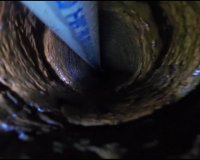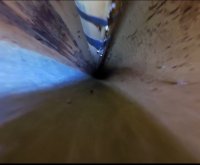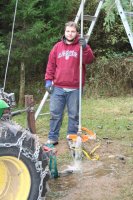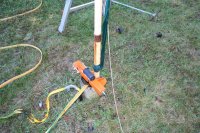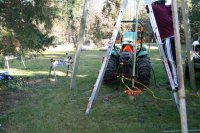From what I have read, yes.Assuming I do not install any check valves in the drop pipe, at the surface, or at the tank; is one still needed or recommended directly above the pump?
Lightning damage to pump and casing?
- Thread starter semipro
- Start date

